Susanne Ciavatta is currently undertaking her Masters in Museum Studies at Deakin University. Susie has been volunteering with the Geoffrey Kaye Museum since November 2016, and has been working on identifying, cataloguing and meeting the storage needs of the ANZCA Corporate Collection.
You may be surprised that the Australian and New Zealand College of Anaesthetists (ANZCA) has a Corporate Collection. This collection is made up of both artworks and heritage items linked to the development and history of ANZCA, managed by the Geoffrey Kaye Museum. However, this collection has a very different focus to the Museum collection and this is mostly due to the way in which the objects have been acquired.
Firstly, you may ask, what is a Corporate Collection and secondly how is this of value to the College?
Today, many corporations have established art or heritage collections, these are often known as a Corporate Collection. These collections exist in banks and financial institutions, legal firms, hotels, mining and insurance companies and the list goes on. As an art enthusiast, the artwork or objects represented in the foyer of a building, hallway, office or board room helps me connect with the organisation’s character and identity. You could almost consider this as a form of ‘branding’. However, corporations collect for a range of reasons and the motivations, focus and ways of collecting vary from one company to another.
The purpose of the ANZCA Corporate Collection is not about patronage to the arts, social status or financial investment. To my surprise, each object in this collection yields a story strongly connected to its donor. What I initially considered to be just an everyday decorative object, soon uncovered a much deeper story about the life of the College. You will be surprised how much a silver goblet, a vase or painting can reveal about the place in which it lives, just by exploring why and how it came to be there in the first place.
Whilst working on this collection my primary focus has been to create a fuller and more complete catalogue entry for each object. This has involved researching the life history of the object from its place of origin, its date and most importantly its acquisition history. With this information we can then have a better understanding of why the object is of value to the collection and to ANZCA. And then there is the physical maintenance of the collection. This has involved marking objects with catalogue numbers, creating a digital file, housing the object in a suitable location and applying preventative conservation methods where necessary. All of this information is then shared online using the Victorian Collections database. Along the way, Monica Cronin, Curator of the Geoffrey Kaye Museum, has guided me with her expert knowledge in collection management practice and reminded me that the primary significance of each object is its association to the College.
The ANZCA Corporate Collection currently holds approximately 280 objects. The scope of this collection comprises artefacts and memorabilia received as gifts, ANZCA souvenirs, and a collection of ANZCA Presidential Portraits.
The ANZCA Presidential Portraits
Since 1993 it has been an ANZCA tradition to commemorate the President’s end of term with a commissioned oil painting. These portraits currently hang regally in the ANZCA Board Room in Ulimaroa. The first of these portraits was of Dr Peter Livingstone by the artist Graeme Inson (1923 – 2000), a protégé of the artist Max Meldrum.
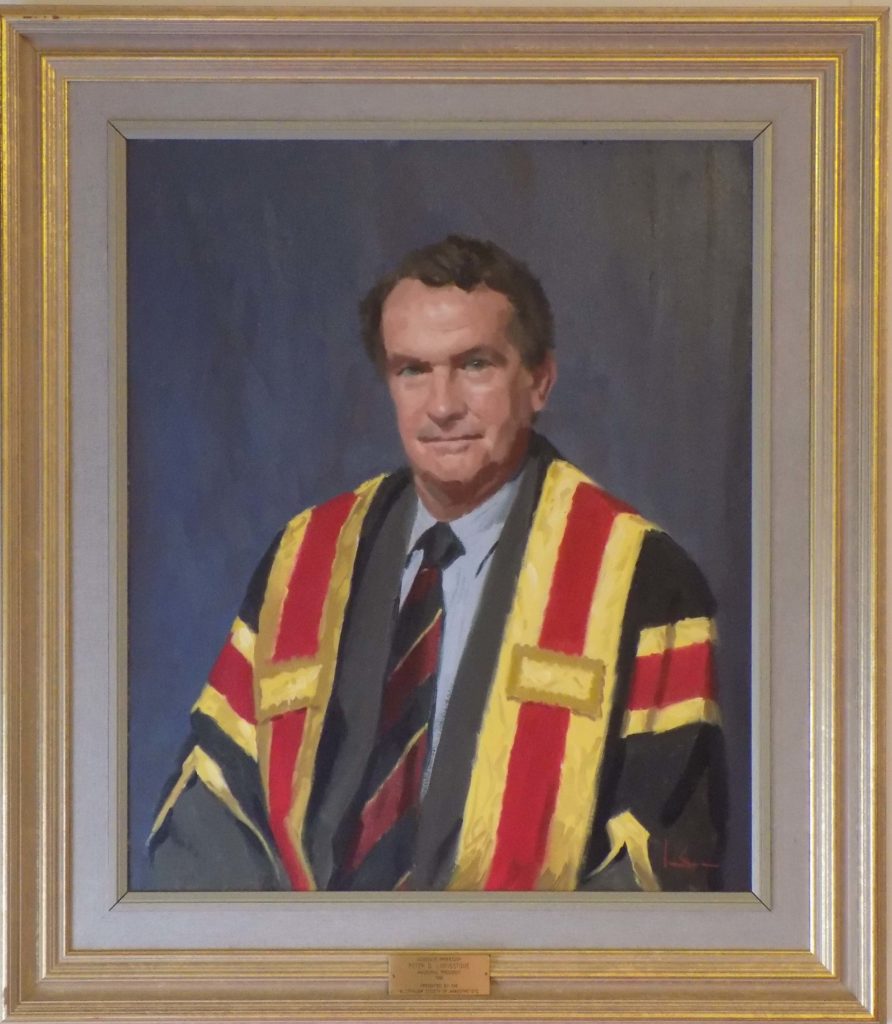
In 2015, the decision was made by the Council to change this tradition to photography. This decision was validated by the success of the inaugural photographic portrait of Dr Genevieve Goulding, taken by photographic artist, Chris Budgeon. This elegantly executed photograph was recently exhibited as a finalist in the Martin Kantor Portrait Prize at the 2017 Ballarat International Foto Biennale.
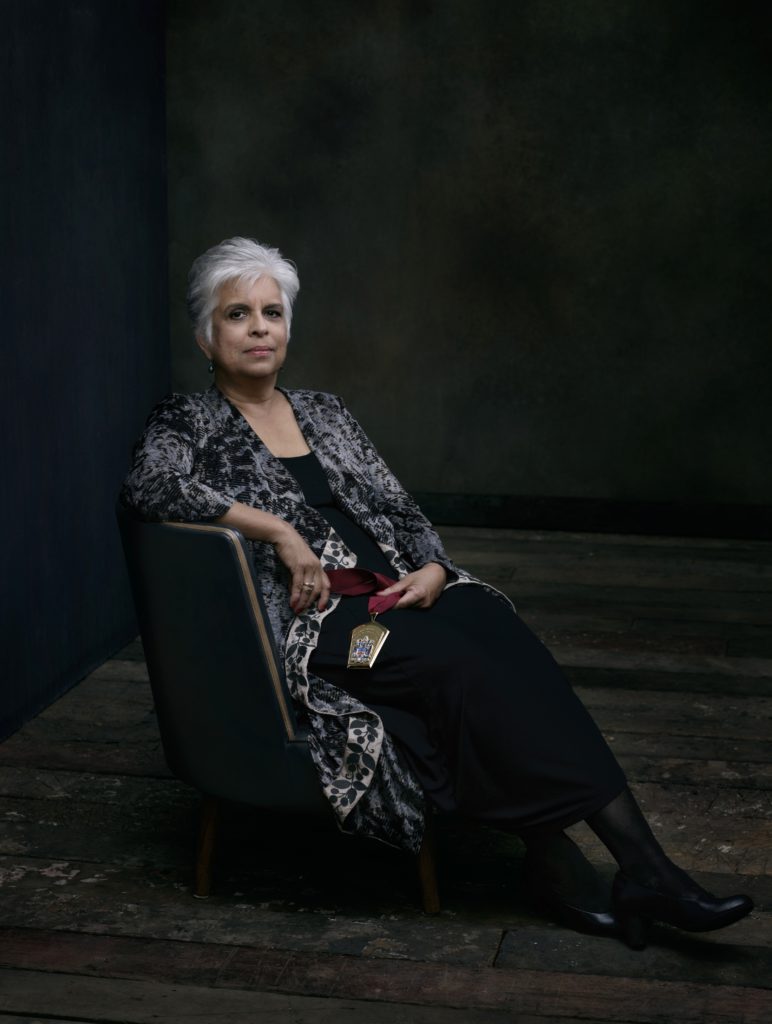
Gifts to ANZCA
It is also customary for the outgoing ANZCA President or Dean of the Faculty of Pain Medicine to gift an item at the completion of his or her term. It is up to the individual what he or she wishes to gift and there are no criteria as to the medium, subject or financial value of this gift.
Other gifts have come from representatives from international colleges and faculties as well as ANZCA Council members, highlighting the social activities of the College. The collection is therefore incredibly varied and unique. For example, in 2004 Dr. Steuart Henderson, gifted a dance performance to the Faculty. Upon the completion of his twelve year service, Henderson commissioned the New Zealand dancer, Michael Parmenter, to perform ‘Dancing on the Faultline’ in the ANZCA auditorium. The original video recording of this dance is now held in the Corporate Collection and arrangements have been made to digitise the recording for preservation purposes.
Many gifts have a personal attachment to the donor. There is a vase hand painted by the donor’s mother, a pair of salt and pepper shakers made by the donor from a red cedar branch fallen on his property and a hand wrought beaker made from discarded tracheostomy tubes, made and gifted by Professor Arthur Bull, a pioneer of South African anaesthesia.
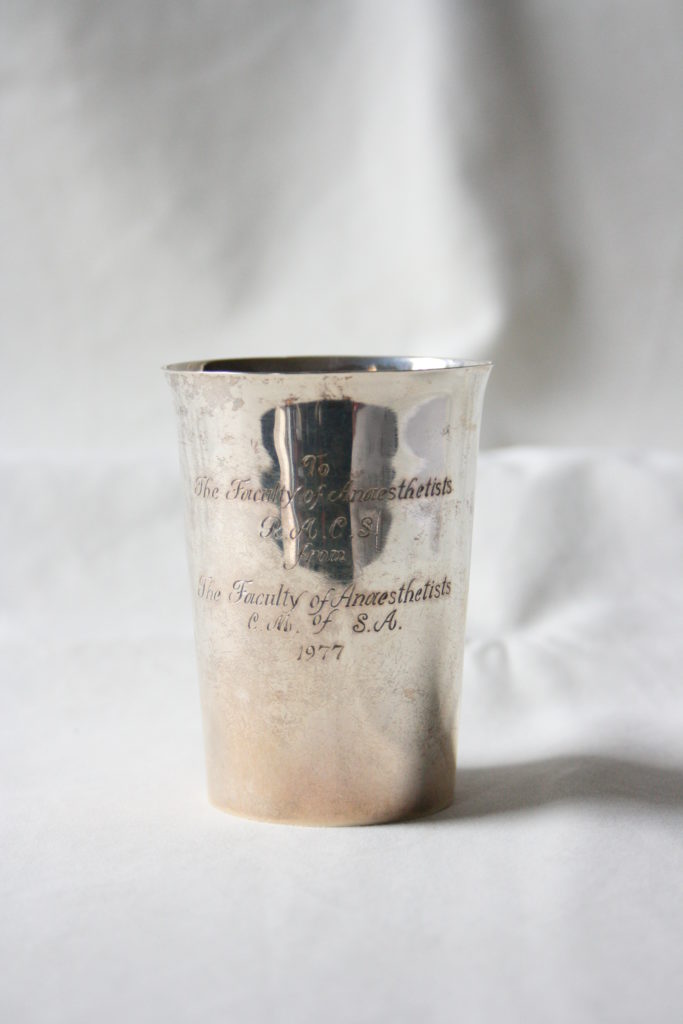
The painting Dust Off, gifted in 1995 by Dr. Bernard Dunn, holds personal significance to the donor who served as a member of the Australian Surgical Team during the Vietnam War. The painting is a fitting gift to the College as a reminder of the heroic and vital role of medical personnel that flew unarmed helicopters to the front line of the Vietnam War to rescue wounded soldiers. The artist, Bruce Fletcher, was one of the first official war artists appointed during the Vietnam War, privately educated under the well-known Australian artist, Sir William Dargie (1912–2003).
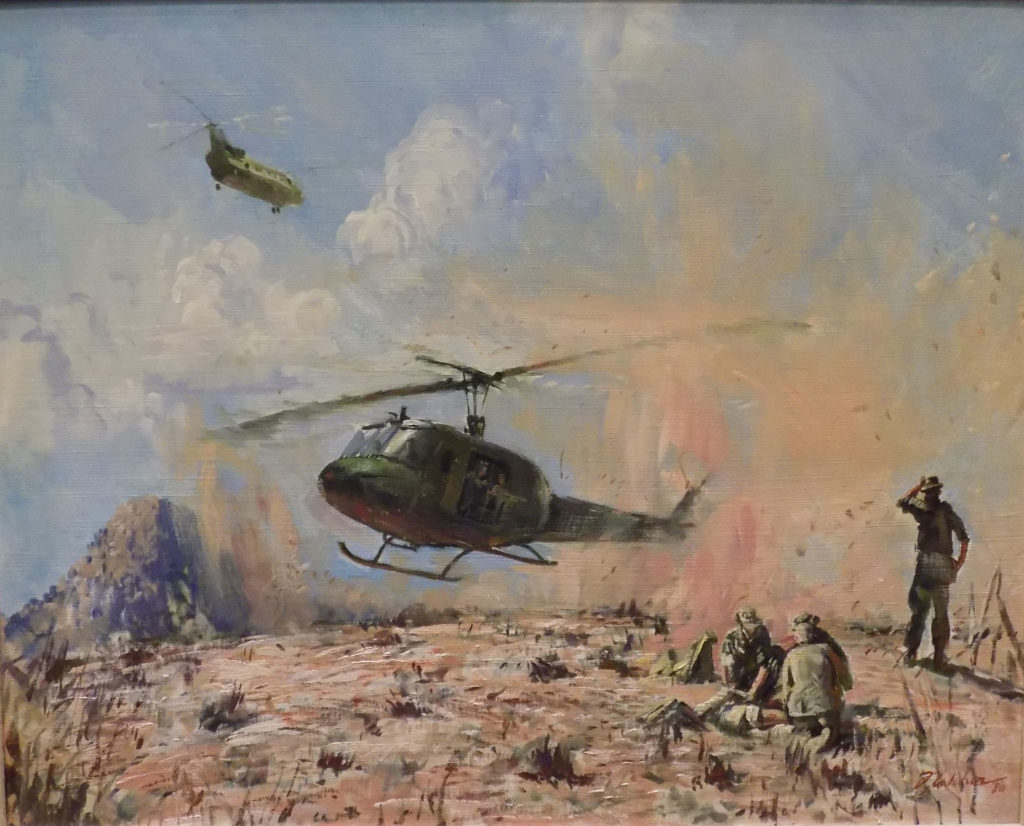
Lost History
There are also items in the collection without any documentation as to how or why the object was acquired. Without this information the story of the object and its meaning to the collection is lost forever. This reinforces the importance of recording information when an object is donated. Certain objects also lacked important information relating to the maker, year and place of manufacture. Monica provided me with tips on how to identify objects by researching hallmarks and comparable objects on the internet. In this instance we were able to identify a sterling silver salt cellar made in 1804, by S & E Davenport, London and a ‘muffineer’ set produced in Shanghai, China as a ‘Queen Ann revival’ silverware most likely made between 1870 to 1915.
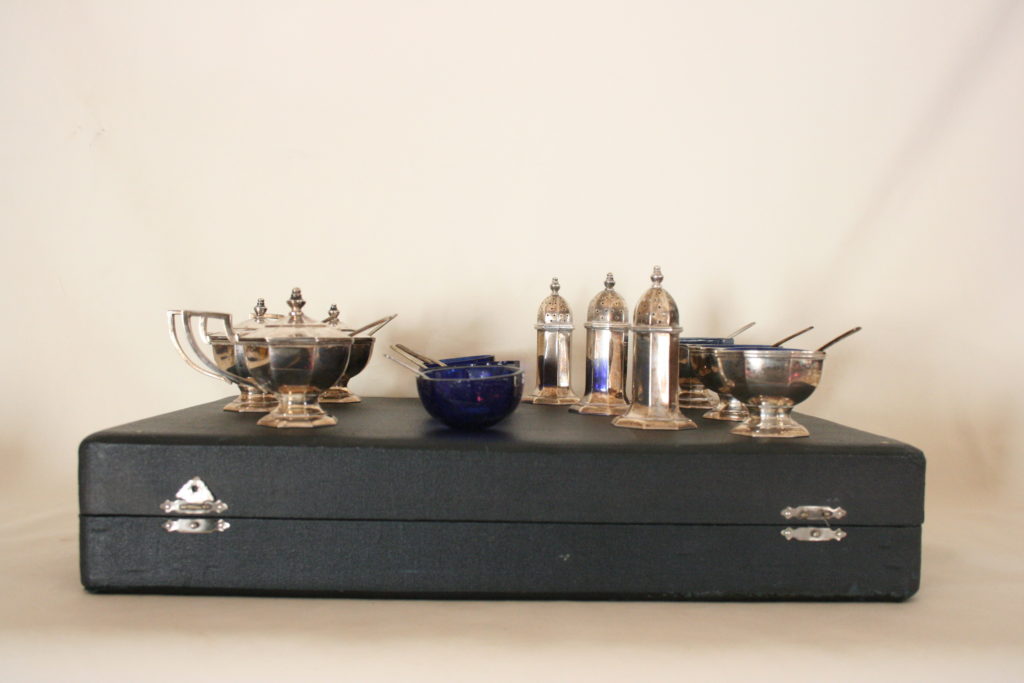
The Value of the Corporate Collection
The Corporate Collection defines ANZCA’s past, and understanding the meaning of each object provides us with a contemporary attachment to the people and events which has made it what it is today. This alone, makes many objects from this collection socially significant to the Faculty, the Fellows, Committee members and to ANZCA’s employees. So not only have I had the opportunity to apply my theoretical knowledge in Museum Studies, I have also had the pleasure of learning about the history of the College, its people, achievements and contributions to the history of anaesthesia in Australia and beyond, all from these unassuming objects. The Corporate Collection is an open collection and is added to on a regular basis. Last year, when the former Dean of the Faculty of Pain Medicine resigned his post and position on the FPM Board, he presented the ANZCA with a beautiful, handcrafted vase, made using liquefaction from the 2011 Christchurch earthquake. Most recently, on a trip to China, ANZCA President Prof David A Scott, and other members of the delegation, were presented with a stunning scroll of Bian embroidery, also known as Song Embroidery. This scroll will serve as a tangible reminder of the relationship which has been built between ANZCA and the Chinese Society of Anesthesiology.
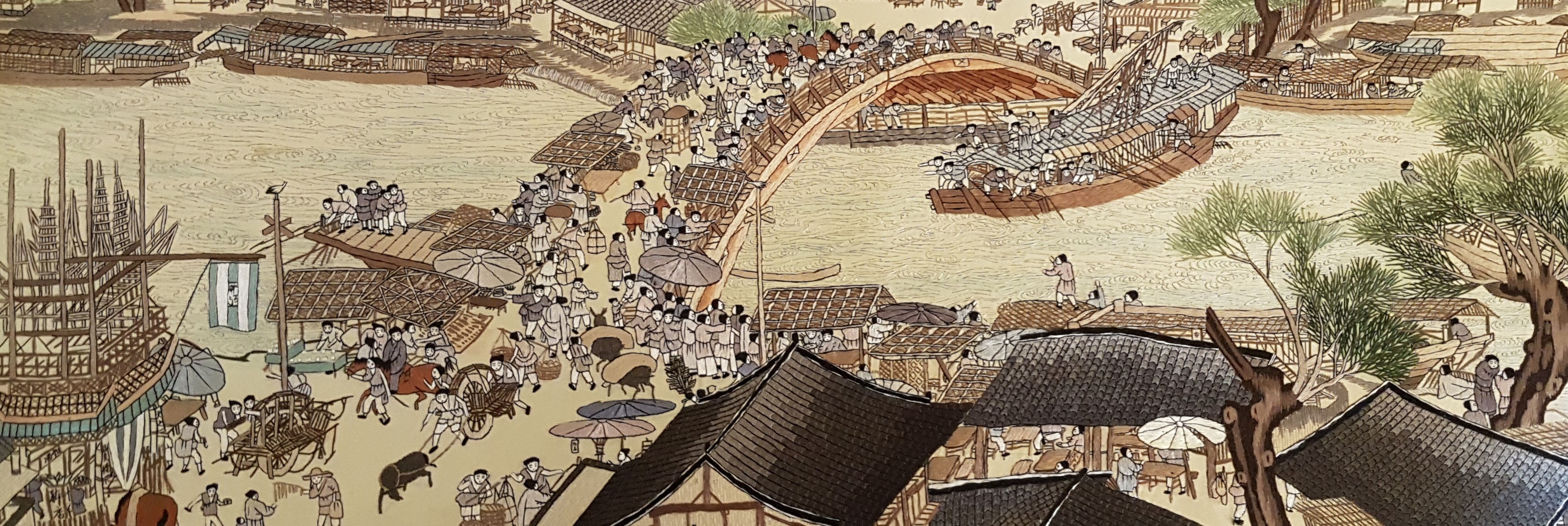
The types of the gifts, the reasons they are received, and their storage requirements are diverse and have required some sort of codification. In 2016, the museum developed a Corporate Collection policy, which is available on request from the Museum.
